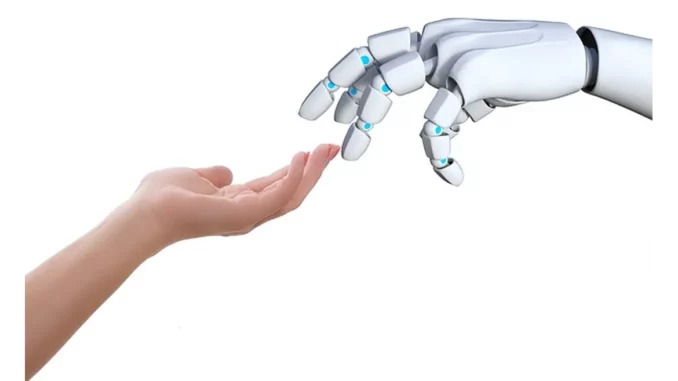
In the swiftly advancing domain of healthcare, medical service robots are becoming indispensable in delivering patient care. These robots, enhanced by cutting-edge artificial intelligence, are engineered to execute a wide array of functions, ranging from assisting in surgical procedures to offering companionship to patients. A significant element influencing their acceptance among patients is anthropomorphism—the imbuing of human-like characteristics in these non-human entities. Understanding and implementing anthropomorphism effectively is crucial in ensuring that these robots are seamlessly integrated into healthcare settings and are positively perceived by users.
Anthropomorphism is a cognitive tendency where individuals attribute human traits, emotions, or intentions to non-human entities. In the realm of medical service robots, this involves crafting robots with human-like appearances, voices, behaviours, and personalities. This humanisation of robots is not merely an aesthetic decision but plays a pivotal role in shaping how patients engage with and perceive these machines. By creating robots that mimic human characteristics, developers aim to make interactions more intuitive and less intimidating for patients, thus enhancing overall user experience.
The appearance of robots is one of the most conspicuous aspects of anthropomorphism. Research indicates that robots with a humanoid design are often ascribed higher performance expectations by users. A design that closely resembles humans can make a robot appear more intelligent and capable, thereby instilling greater confidence in users. However, this approach requires a delicate balance; an overly human-like robot may evoke the “uncanny valley” effect, where its near-human appearance becomes unsettling or eerie. This underscores the necessity for meticulous design to ensure that robot aesthetics contribute positively to patient comfort and acceptance, avoiding any disconcerting elements that might hinder interaction.
Voice is another fundamental component of anthropomorphism in robots. The vocal attributes of a robot can significantly sway a patient’s perception and acceptance. Studies suggest that robots with human-like voices, particularly female voices, are often perceived as more pleasant and engaging. The tone, pitch, and language of the robot’s voice can greatly influence user satisfaction and the overall quality of interaction. Robots that communicate in the user’s native language are more likely to be trusted and embraced, facilitating smoother interactions and fostering a sense of familiarity and comfort.
Behavioural cues also play a crucial role in the anthropomorphisation of robots. Endowing robots with human-like behaviours, such as gestures and facial expressions, can elicit stronger emotional responses from patients. These behaviours make interactions feel more natural and fulfilling. For instance, a robot that can smile, nod, or maintain eye contact during a conversation can create an atmosphere of empathy and understanding, which is vital in healthcare environments where emotional support is paramount. Such features can make the interaction more human-like, helping to build trust and rapport between patients and robots.
The personality of a robot is another significant aspect that influences human-robot interaction. Designing robots with specific personality traits, such as humour or extroversion, can enhance user satisfaction and engagement. These traits make robots more relatable and enjoyable to interact with, thereby increasing their acceptance in medical environments. A robot with a distinct personality can become more than just a tool; it can act as a companion, providing emotional support and making the healthcare experience less daunting for patients.
Anthropomorphism also affects two critical factors in the adoption of medical service robots: performance expectancy and effort expectancy. When robots exhibit human-like characteristics, patients often have heightened performance expectations, assuming that the robot can accomplish tasks efficiently and effectively. Conversely, a high level of anthropomorphism can diminish effort expectancy, as interactions with the robot become more intuitive and less mentally taxing for patients. This makes the use of robots in healthcare settings more accessible and less burdensome, promoting their acceptance and integration.
One of the most profound aspects of anthropomorphism is its impact on perceived empathy. When robots display human-like attributes, patients are more inclined to perceive them as empathetic. This perceived empathy can enrich the quality of interaction, making patients feel understood and cared for. In healthcare, where empathy is a cornerstone of patient satisfaction, this can greatly influence the acceptance and success of medical service robots. By fostering a sense of empathy, robots can create a more supportive and comforting environment for patients.
As the era of medical intelligence advances, the integration of anthropomorphic features in medical service robots will remain a vital consideration for their acceptance and efficacy. By thoughtfully designing robots to embody human-like characteristics, healthcare providers can enhance patient interactions, improve satisfaction, and ultimately create a more inviting environment for these technological innovations. Anthropomorphism in medical service robots transcends mere appearance or sound; it is about forging meaningful and empathetic connections that have the potential to revolutionise patient care.


Be the first to comment